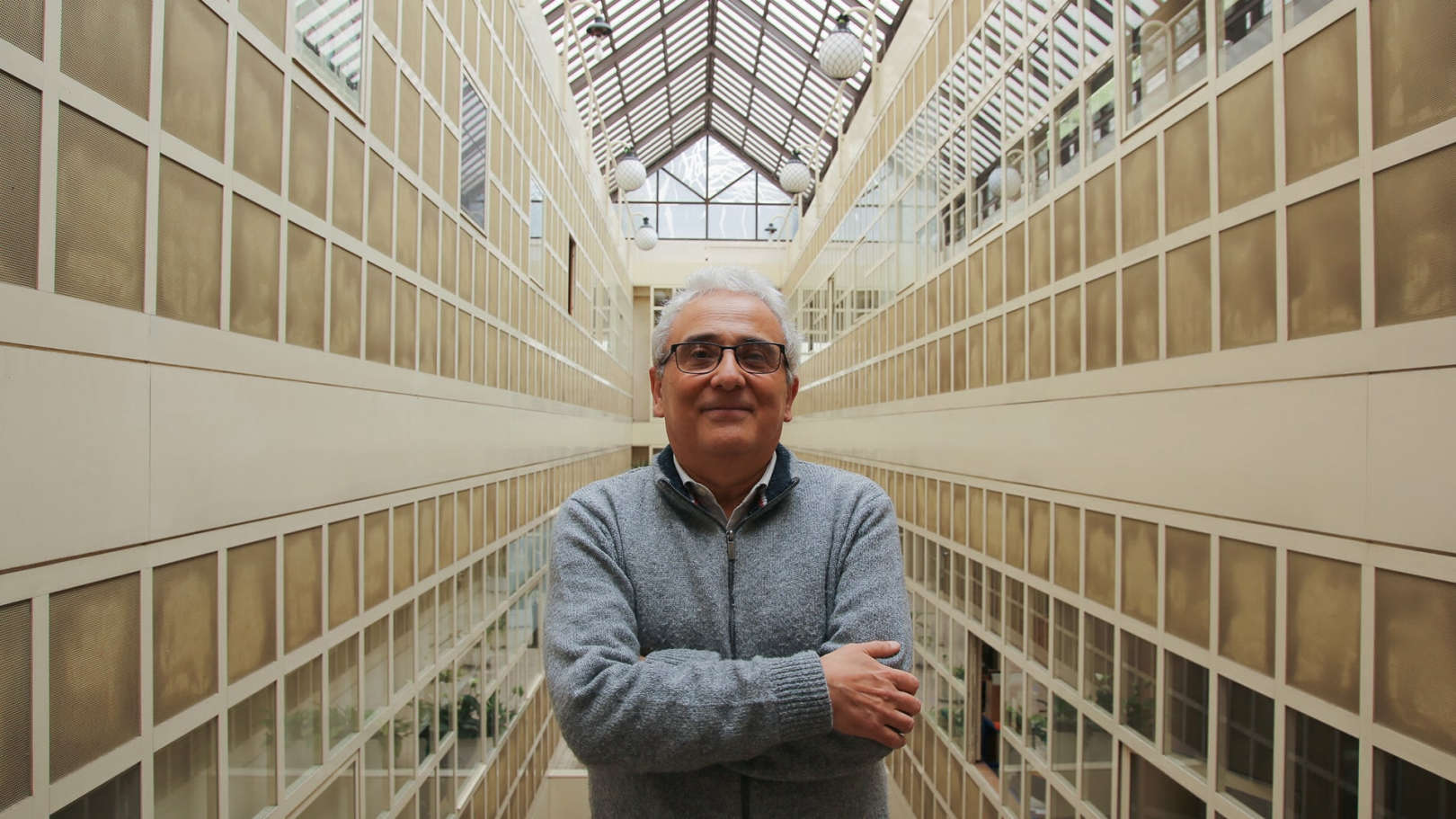About
I graduated in Applied Physics, Optics and Electronics, at the University of Porto in 1991. Later I added a post-graduation in Science, Technology and Innovation at the University of Aveiro to my training, that has enabled me to develop my activity in technology transfer at INESCTEC.
Besides technology transfer, as a scientific discipline, I am interested in wireless optical communications and optical sensors.


